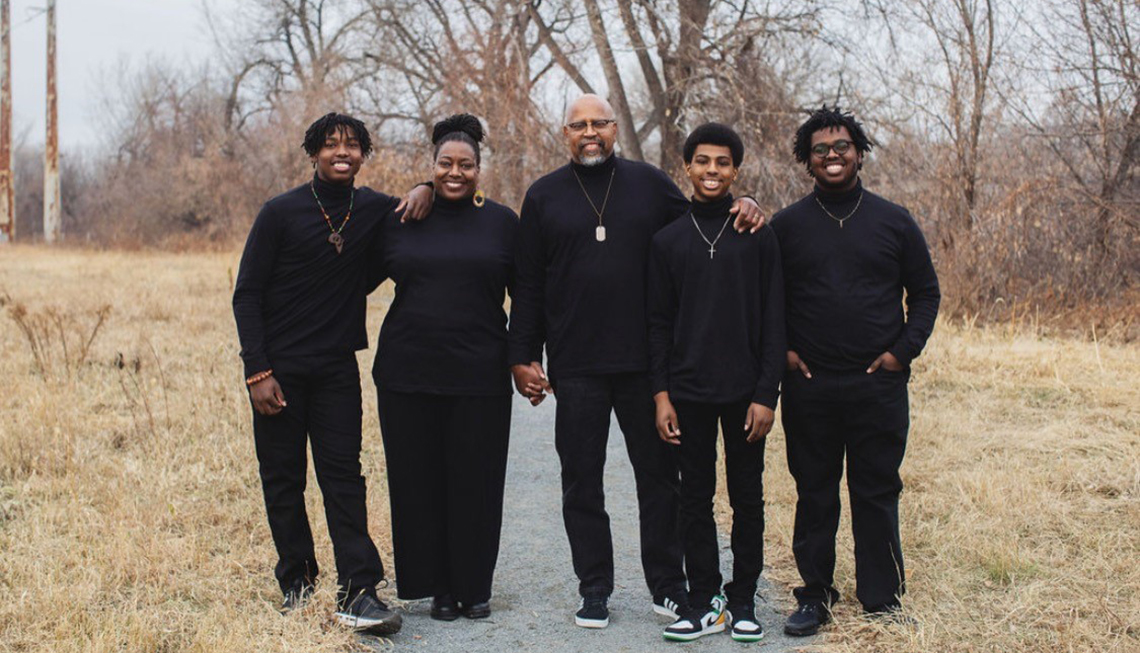Staying Fit
As COVID-19 ravaged the country last spring, Kirstin Johnson-Nixon's family was hit harder than most. Both her parents were hospitalized, and her father spent time on a ventilator. She and her husband, Charles, fought the fevers, chills and coughs at home. Two of their sons tested positive, though they experienced only minor symptoms.
Through it all, Johnson-Nixon worried most about never being able to see her parents again, afraid they would die alone.


AARP Membership— $12 for your first year when you sign up for Automatic Renewal
Get instant access to members-only products and hundreds of discounts, a free second membership, and a subscription to AARP the Magazine.
"That was my biggest fear,” she said in a recent conversation about surviving COVID-19. “You live to be 86 and 87 and then you just pass away by yourself."
Now that everyone is on the mend, Kirstin, 55, and Charles, 57, are sharing their experiences with the physical and emotional toll of the disease, and urging others to follow best practices like masking and social distancing. Their message is especially urgent in the African American community, which has been hit hardest by COVID-19 — a Kaiser Health News analysis found that Black Americans 65 to 74 died of COVID-19 at five times the rate of white people in the same age group.
The couple hopes to counter the hopeless feeling that many Black people have, as well as the distrust many have of the medical community.
"The reaction is, here we go again,” Kirstin says. “Here's another thing that affects us more than it affects any other group."
That just makes it more important for the message to get out, Charles says.
"I've been on a mission to make people understand that we all have to take this seriously and change the way we do stuff,” says Charles, an assistant principal in a middle school south of Minneapolis. “One thing I want to say to people: ‘I spent 12 days thinking I might go to the hospital and die. That's why it's important for your child to wear a mask.'"
Telling Their Story
In the Nixon-Johnson family, COVID-19 struck with a vengeance in May.
Both of Kirstin's parents were hospitalized. The disease attacked Charles’ and Kirstin's lungs and caused terrifying fevers. Two of their three sons tested positive. Caleb, 17, lost his sense of smell. Raphael, 14, who has asthma, struggled with breathing. Judah, also 14, took a test, but the lab lost it. Although he had no symptoms, the family monitored him closely and kept him quarantined based on their doctor's advice.
Everyone survived, but even months later, they all feel lingering side effects, whether it's reliving the terror of the fevers, struggling with breathing, or coping with a diminished sense of smell. Still, everyone feels well enough to warn others about their struggles with COVID-19.




































































